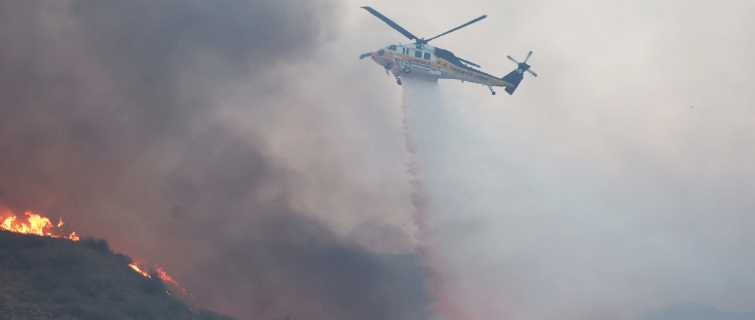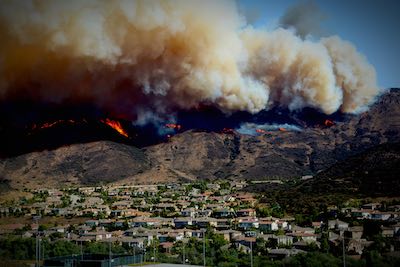
It was not the dry, measured cadence one might expect from a government meteorologist. Instead, Ariel Cohen, Meteorologist in Charge of the National Weather Service in Los Angeles, seemed emotional and slightly tense as he made the rounds of television interviews during the second day of perhaps the worst wildfires in Los Angeles’s history.
“We’ve seen gusts all the way up to 100 miles per hour in the San Gabriel range, as a powerful, life-threatening, historic windstorm has destroyed portions of Southern California,” Cohen, Ph.D., said of a disaster that would kill at least 25 people, burn more than 10,000 structures, and force the evacuation of more than 200,000 people.
Urging the public to stay tuned to emergency channels, he added, “Everyone needs to be vigilant. Everyone needs to be at a high state of readiness when the evacuation order comes. We’re talking about life and death decisions here.”
A Growing Danger
As extraordinary as the situation in Los Angeles had become, it was not a departure from recent fire seasons: 15 of the 20 largest wildfires in California history have occurred within the past 10 years. And a major driver for all this—and for the floods, deadly heat waves, and hurricanes that have hit the United States in recent years—is, of course, climate change.
“There are more of us than ever. We have more people moving into more dangerous places. And what we understand of risk and hazard—that kind of base rate —is changing,” says Tim Manning, a research professor at Georgetown University’s Center for Global Health Science & Security and an adjunct professor in the Executive Master’s in Humanitarian Crisis & Emergency Management and Master’s in Emergency & Disaster Management programs. “What we thought of as stable regions are becoming unstable.”
These trends are prompting a worldwide change in the field of emergency management, Manning says. In addition to responding to disasters, emergency managers are becoming more directly involved in reducing hazards before these events occur and meeting the humanitarian needs of those affected. And this requires more formalized, interdisciplinary command structures that include experts from a wide range of fields.
“Society’s major problems are complex, interconnected, multidisciplined, and multijurisdictional. Furthermore, emergencies are increasingly varied, severe, and frequent,” according to FEMA’s A Transforming Field, the organization’s strategic forecast for 2050. “Emergency managers are now asked to tackle challenges around public health coordination, supply chain management, contested information, cybersecurity, and resilient community development in addition to traditional roles tied to response and recovery.”
